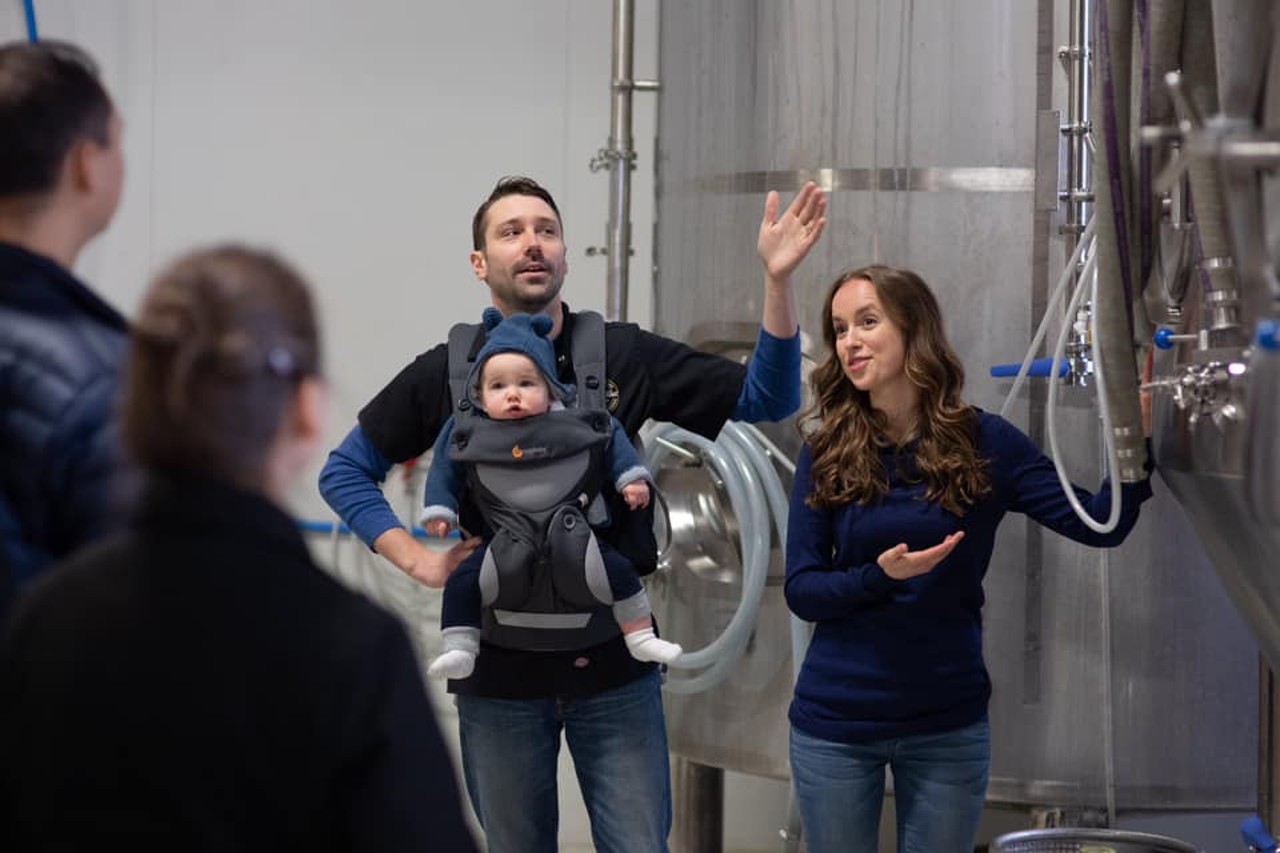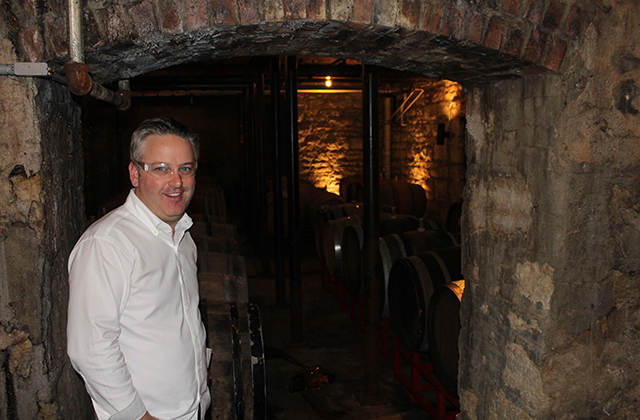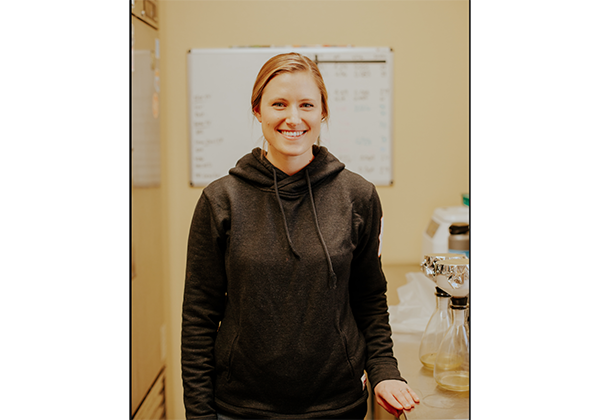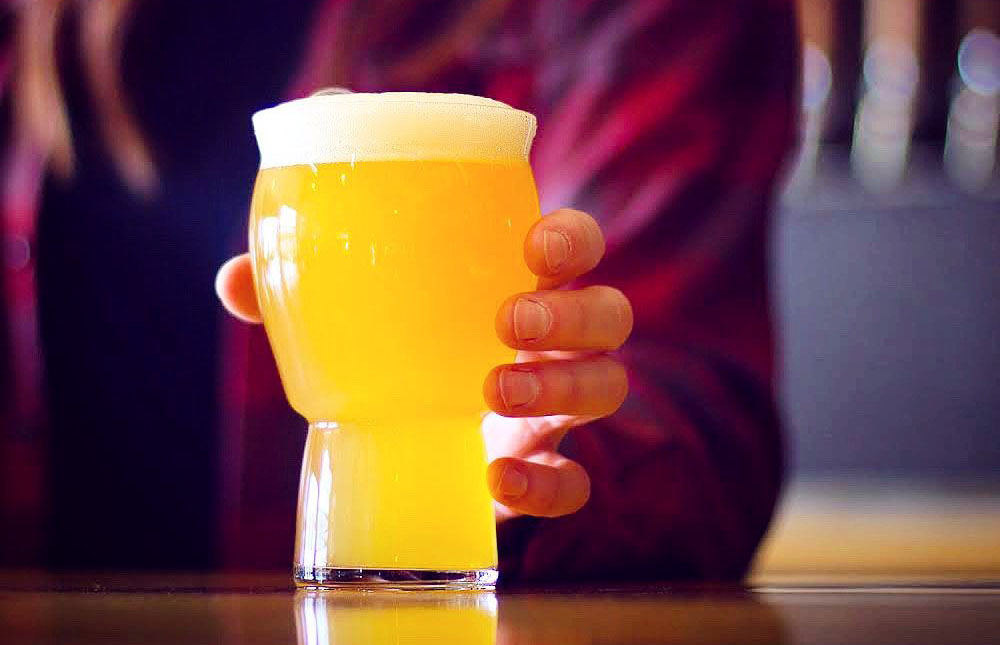
Being the first cidermaker in your market presents both opportunities and obstacles — something Right Bee Cider co-owner Katie Morgan said she knows all too well.
When Morgan established her Chicago cidery with husband Charlie Davis in 2014, she was actually opening the Windy City’s first craft Chicago cidery.
If it sounds daunting to open the first business of its kind, that’s because it was, recalled Morgan, who said perseverance was essential to growing her brand during Right Bee’s infancy.
“It was awesome to be the first cidery in Chicago — we were lucky — but it also came with challenges as far as spreading awareness,” she said. “We had to go into place that had never had a cider on draft.
“We weren’t afraid of a bar or a restaurant that had no cider. We saw it as an opportunity. Our product is unique because it’s not super sweet. It’s well balanced so it’s not going to be off-putting to the traditional beer or wine drinker. We just had to be persistent.”
The early focus wasn’t on creating a wide portfolio or experimentation with different flavors or styles. The then two-person team just focused on gaining traction during the early days.
“When we first started, we just focused on getting kegs and accounts,” Morgan said. “There was no pie in the sky goal. We just tried to get any account we could. For a long time, we just made one flavor.”
That’s changed, obviously. Right Bee now has its own taproom, 5,500 square feet of production space, and rows of fermenters which has opened up its distribution to New York, Michigan and Japan.
But for the longest time, they focused their attention on their immediate area — a move that proved effective.
“We were in Illinois only for a long time, and that was kind of our strategy,” Morgan said. “There was a lot of opportunity here with Chicago’s craft beer and liquor scene and we wanted to make sure we made a dent in our backyard first.”
While they’ve certainly grown and do use social media and email marketing to help grow their brand, Morgan said there is still no substitute for face time.
“Boots on the ground always works best with accounts,” she said. “You need that relationship, whether it’s with bar, restaurants or chain retail. The taproom is also a great marketing tool — people come in and meet us, have a good experience and remember us when they see us on the shelf at the grocery or liquor store.”




Be the first to comment